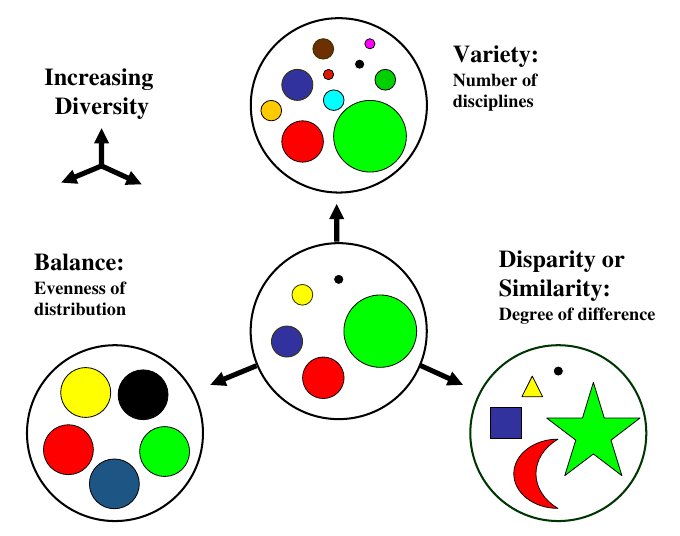Interdisciplinary research is often celebrated as more original, ground-breaking and potentially more impactful than traditional research performed within the boundaries of a single academic discipline. Governments and research funding bodies, as well as universities themselves, have introduced schemes to support interdisciplinary research and to encourage academics to undertake collaborations that span academic boundaries. Yet, there is still a lot about the impact of interdisciplinary research that remains to be uncovered.
On June 12th, 2024, the Centre for Innovation Management Research had the pleasure to host a CIMR Debate in Public Policy on the “Importance of interdisciplinary research for knowledge exchange: An organizational perspective”. Dr Abhijit Sengupta (University of Surrey) and Dr Marianna Marra (University of Sussex) presented their recent work on this theme. Dr Daniele Rotolo (University of Sussex and Technical University of Bari) acted as discussant, and the Debate was chaired by Dr Federica Rossi (University of Modena and Reggio Emilia and Birkbeck).
Investigating the effects of interdisciplinary research
The work by Sengupta and Marra examines whether, in UK universities, engagement in interdisciplinary research is associated with greater engagement in knowledge exchange activities – including those that take place through commercialization channels (such as licensing intellectual property) and academic engagement channels (such as academics performing research contracts, collaborative research and consultancies). The authors have collected research and knowledge exchange information about 99 UK universities for all years between 2008-09 to 2021-22 (publications, income from various channels of knowledge exchange, research impact, as well as other demographic variables at university level). They measure the interdisciplinarity of university research using different indices, able to capture different dimensions of interdisciplinarity: variety, balance, disparity.

Figure: Attributes of diversity in IDR (Rafols and Meyer, 2010, page 266)
Analysing the effects of these various measures of interdisciplinarity on each of the channels of knowledge exchange mentioned above (overall income from knowledge exchange, income from contract research, income from collaborative research, income from consultancies, income from commercialisation of intellectual property), Sengupta and Marra have identified several very interesting patterns.
First, at the organizational level of a university, interdisciplinary research has a complex relationship with knowledge exchange outcomes. Considering overall income from knowledge exchange, the variety of disciplines does not seem to have an impact, while the distribution (balance) and breadth (disparity) of interdisciplinarity are seen to be more important in driving overall knowledge exchange.
Second, each dimension of interdisciplinarity (variety, balance, disparity) has a different relationship with each knowledge exchange channel. While the collaborative research channel of KE positively responds to the variety indicator of interdisciplinarity, collaborative research and consultancies are more responsive to the balance indicator – particularly so when research involves cognitively distant disciplines, and when it is more widely distributed across research outputs in a university. The commercialisation channel does not respond at all to interdisciplinarity in the absence of further contextual environmental variation. However, these change when both the internal and external environments reinforce the importance of research impact. In this case, the disparity index has an unambiguous positive influence through contract research and IP channels.
Third, these effects are moderated to some extent on the combination of the university’s internal and external environmental focus on research impact generation, and there is an overall strengthening of the interdisciplinary resarch – knowledge exchange linkage, only when both the internal and external environments work in tandem to focus attention towards research impact generation.
These original findings indicate that universities need to be measured in their focus on IDR and maintain a healthy balance of both multidisciplinary and mono-disciplinary research for maximizing their KE performance.
The presentation was followed by comments from Dr Daniele Rotolo – who outlined the potential of the paper to provide an important to contribution to the understanding of how universities can leverage IDR to support KE, and discussed challenges associated with the measurement of IDR at the organisational level – and by a lively Q&A with the audience.
Thank you very much to the presenters and discussant for a stimulating debate!
Federica Rossi

